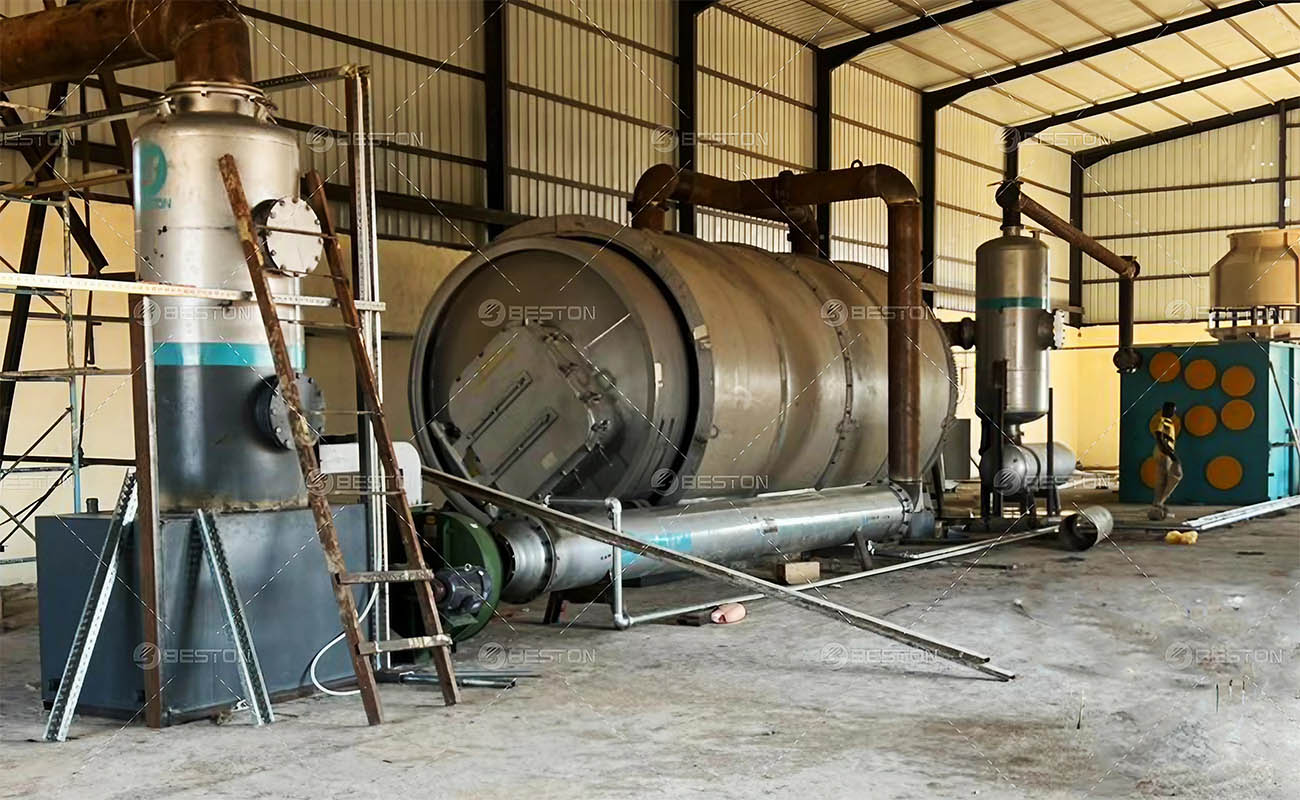The fusion of innovative technology with environmental consciousness has given rise to plastic pyrolysis—a revolutionary approach to tackling plastic waste while harnessing valuable energy resources. However, the allure of this technology is complemented by a need for a comprehensive understanding of the financial landscape it entails. In this article, we embark on a journey to explore the myriad costs associated with investing in a plastic pyrolysis plant, unraveling the intricate web of expenditures that shape this sustainable endeavor.
Initial Capital Investment
Acquiring the Pyrolysis Reactor: At the heart of every plastic pyrolysis plant lies the pyrolysis reactor, a sophisticated apparatus that catalyzes the transformation of plastic waste into valuable end products. This centerpiece constitutes a substantial portion of the initial capital outlay.
Infrastructure Costs: Establishing a functional plant demands a foundation—both figuratively and literally. Land acquisition, building construction, and site preparation are significant cost contributors in this venture.
Additional Equipment and Technology Integration: Beyond the reactor, integrating auxiliary equipment such as catalysts, emissions control systems, and sophisticated control mechanisms elevates the initial investment. These components enhance the efficiency and environmental compliance of the plant.
Operational Expenditures
Raw Material Procurement: The very essence of plastic pyrolysis hinges on plastic feedstock. Acquiring the plastic waste for processing incurs costs, necessitating strategic sourcing and material management strategies.
Labor Costs: A well-functioning plastic pyrolysis plant requires skilled personnel to operate and maintain the complex machinery. Skilled operators, maintenance personnel, and administrative staff form an integral part of the operational team.
Energy Consumption: The process of plastic pyrolysis demands energy inputs in the form of electricity, heat, and possibly fuel. These energy sources are crucial in facilitating the breakdown of plastic polymers and the subsequent extraction of valuable products.

Maintenance and Repairs
Routine Maintenance: Ensuring the sustained efficiency of the plant necessitates routine maintenance activities. Scheduled inspections, cleaning, and component replacements are integral to preventing operational disruptions.
Unscheduled Repairs: Despite meticulous planning, unexpected breakdowns and equipment failures can occur. Addressing these exigencies requires timely repairs, contributing to the operational expenditure.
Spare Parts Inventory: Maintaining an inventory of essential spare parts is paramount to swift remediation of equipment issues. Procurement, management, and availability of spare components are central to minimizing downtime.
Waste Management and Environmental Compliance
Waste Disposal Costs: The pyrolysis process generates byproducts and residues that necessitate careful handling and disposal. Managing these waste materials, whether through further processing or proper disposal, involves associated pyrolysis plant cost.
Environmental Compliance: Adhering to environmental regulations and emissions standards requires investment in emissions control technology, monitoring systems, and compliance procedures to ensure that the plant operates within legal frameworks.
Handling Hazardous Materials: The pyrolysis process involves the breakdown of plastic polymers, which can release hazardous substances. Safely managing these chemicals and waste byproducts demands specialized procedures and equipment.
Financial Considerations and Returns
Return on Investment (ROI): An essential metric in any investment, ROI calculates the period required to recoup the initial capital investment through revenue generation. Understanding this timeline aids in assessing the financial feasibility of the venture.
Revenue Generation: The monetization of pyrolysis products—such as pyrolysis oil, combustible gases, and char—constitutes a primary source of revenue. Calculating income streams from these products contributes to financial projections.
Long-Term Benefits: Beyond the financial realm, the plastic pyrolysis venture offers long-term benefits. Evaluating the broader impact, including environmental sustainability, reduction in plastic waste, and the potential to contribute to a circular economy, adds an intrinsic value to the investment.
In the ever-evolving landscape of sustainable technologies, the investment in a plastic pyrolysis plant is a venture that transcends financial considerations. By comprehending the intricate interplay of costs—from initial capital outlay to operational expenses, waste management, and returns—we empower ourselves to make informed decisions. The journey is not solely about fiscal gains; it’s about contributing to a cleaner, more efficient, and ecologically conscious future.

Comments
No comments yet. Be the first to react!